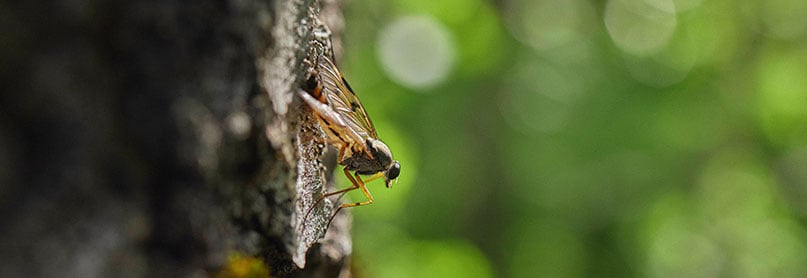Sustainable wood supply
Forests cover roughly 75% of Finland’s land area and the volume of wood in Finland’s forests has increased by approximately 70%, or around a billion cubic meters, in over 50 years. Sustainable forest management practices ensure that forest use does not exceed the rate of growth.
Metsä Fibre is part of Metsä Group, whose internal value chain helps us to ensure the origin and quality of the wood we use. Metsä Forest is responsible for all our wood procurement. The most significant tools to ensure sustainable forest management and a traceable origin of wood are the certification schemes. 94 % of the wood Metsä Fibre uses is certified (year 2024).
Mixed forests enhance biodiversity
Preserving biodiversity is part of sustainable forest management and forest certifications define precise criteria for conserving biodiversity. Biodiversity is enhanced through methods such as preserving retention tree groups, creating high biodiversity stumps, and protecting key habitats from harvesting. This includes increasing mixed pine and spruce forests, establishing water body buffer zones to prevent soil and nutrient runoff, and increasing the amount of decaying wood and leaving protective thickets that provide animals with shelter.

Regenerative forestry with Metsä Group Plus
As part of Metsä Group, Metsä Fibre is committed to the principles of regenerative forestry, aiming to verifiably improve the state of forest nature by 2030. We support measures enhancing the state of biodiversity and waterbodies. With regenerative forestry we aim to improve the state of nature and comprehensively manage ecosystem services, that is, the benefits provided by the natural environment.
Metsä Group Plus forest management model encourages forest owners to manage their forests more responsibly. While the programme is voluntary but compensated, it requires more demanding care than forest certificates. For example, more retention trees and high biodiversity stumps are left per hectare of forest during felling.
Planting for the next generation
When establishing a new forest, we recommend planting new generations of trees as soon as possible for the effective binding of carbon. The tree species planted and sown in the forests occur naturally in Finland: spruces, pines and birches. This ensures that the living conditions of other natural forest-dwelling species are retained.
Sources: Finnish Forest Industries, Natural Resources Institute Finland

